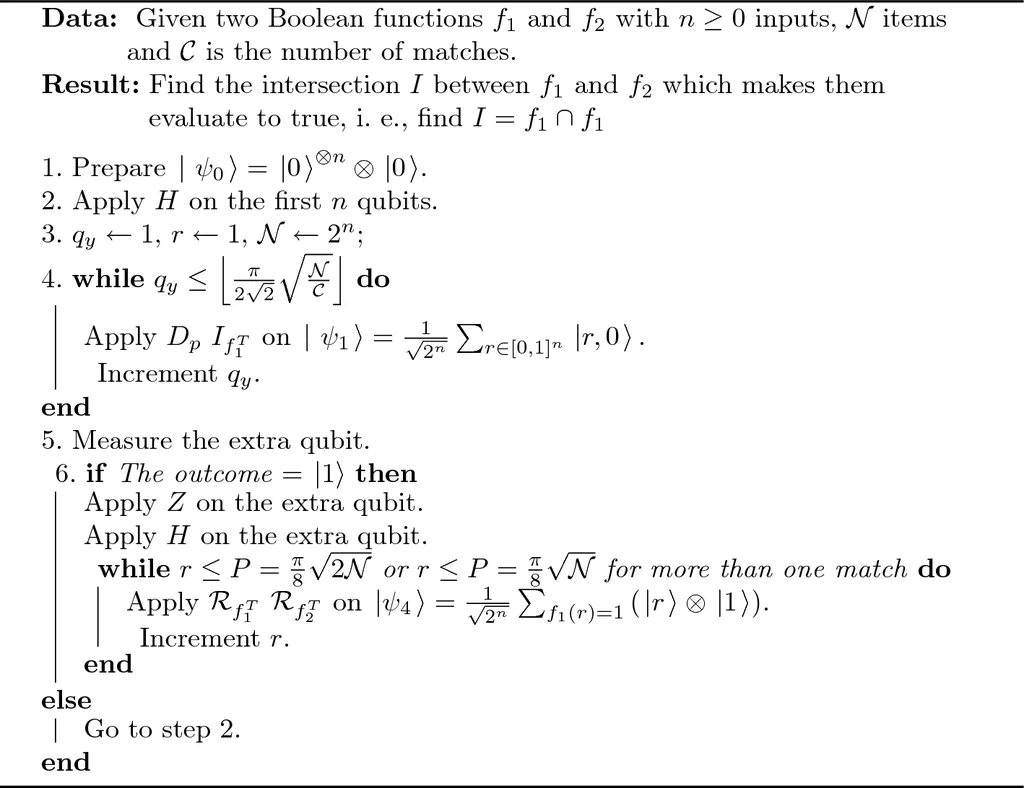In the realm of digital circuit design, a groundbreaking quantum algorithm has emerged, promising to revolutionize the way engineers tackle a fundamental problem: matching vector Boolean functions. This innovation, detailed in a recent paper published in the IEEE Transactions on Quantum Engineering (translated to English as “Quantum Engineering Transactions”), could significantly impact the electronic design automation (EDA) industry, with far-reaching implications for the energy sector and beyond.
At the heart of this research is Marco Venere, a scientist from the Department of Electronics, Information and Bioengineering at Politecnico di Milano in Italy. Venere and his team have developed a novel approach that combines the Grover and Simon quantum algorithms to solve the Boolean matching problem more efficiently than ever before. This problem, crucial in the library-mapping step of EDA workflows, involves determining whether two Boolean functions are equivalent up to a permutation and negation of the input binary variables.
“The challenge lies in the sheer size of the search space,” explains Venere. “For n-to-n vector Boolean functions, the search space is super-exponential, making classical approaches impractical for large instances.”
Classical methods, with their time complexity of O(n!n2^{2n}), can only handle small instances, often limited to n-to-1 Boolean functions. Venere’s quantum algorithm, however, offers an exponential speedup over these classical solutions. By cleverly combining the Grover and Simon algorithms and introducing an original use of the Simon solver, the team has developed a quantum circuit that significantly reduces the time and computational resources required for Boolean matching.
The implications of this research are profound. In the energy sector, where digital circuits are integral to the design and operation of power systems, more efficient EDA tools could lead to faster development cycles and more optimized designs. This could translate to energy savings and reduced environmental impact, as more efficient circuits consume less power and generate less heat.
Moreover, the validation of this approach on the ISCAS benchmark suite, which includes Boolean functions of practical interest in EDA, underscores its real-world applicability. As Venere notes, “Our algorithm not only offers theoretical advantages but also delivers tangible benefits in practical scenarios.”
The research also opens up new avenues for exploration in the field of quantum computing. By demonstrating the potential of combining and adapting existing quantum algorithms, Venere and his team have paved the way for further innovations in quantum-aided Boolean matching and other complex computational problems.
In the rapidly evolving landscape of digital circuit design and quantum computing, this research stands as a testament to the power of interdisciplinary collaboration and innovative thinking. As the industry continues to grapple with the challenges of scaling up quantum technologies, breakthroughs like this one offer a glimpse into a future where quantum and classical computing coexist and complement each other, driving progress and shaping the technologies of tomorrow.

